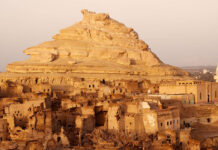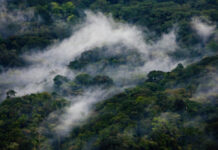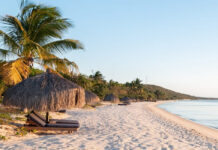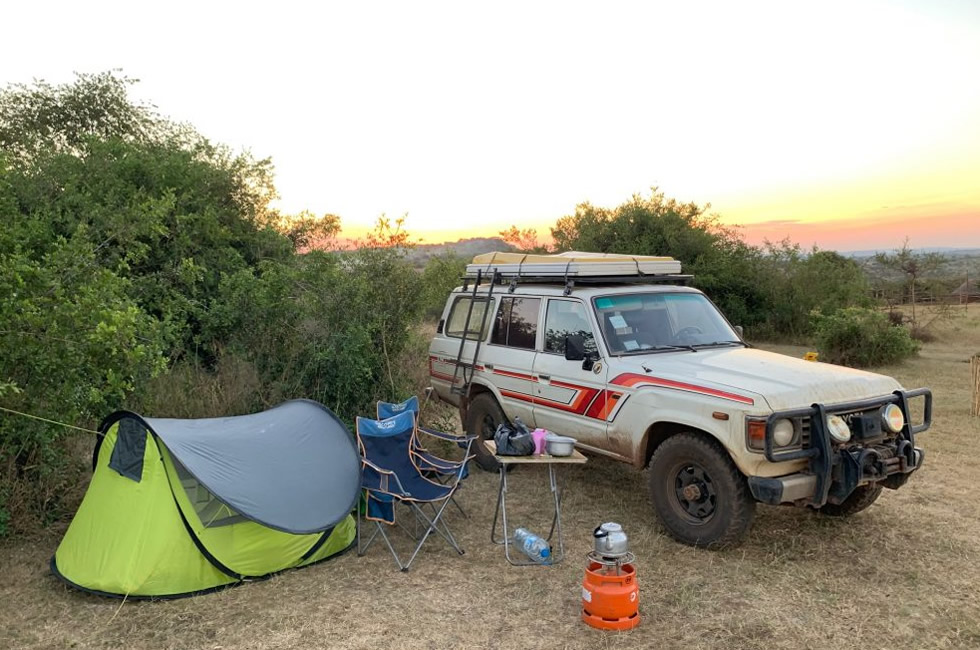Traveling to East Africa for a self-drive safari can be an exciting and rewarding adventure, but it requires careful preparation to ensure a safe and enjoyable experience.
Here are some key aspects to consider:
Research and Planning:
- Familiarize yourself with the countries you’ll be visiting (e.g Kenya, Tanzania, Uganda) and the specific regions where you plan to go on safari.
- Research the wildlife you may encounter, the best times to visit, and any seasonal considerations.
- Plan your route and identify the national parks or reserves you want to visit.
Vehicle Rental:
- Choose a reliable and suitable vehicle for the terrain you’ll be navigating. Ensure it is well-maintained and suitable for off-road driving.
- Confirm that the rental company provides all necessary documentation and tools, including spare tires, jacks, and other essential equipment.
Documentation:
- Check visa requirements for the countries you’ll be visiting and obtain the necessary visas in advance.
- Ensure your passport is valid for at least six months beyond your planned departure date.
- Carry necessary permits for wildlife reserves and parks.
Health Precautions:
- Consult with a travel clinic or healthcare professional to get updated vaccinations and discuss malaria prophylaxis.
- Carry a basic first aid kit, including any necessary prescription medications.
Insurance:
- Obtain comprehensive travel insurance that covers medical emergencies, trip cancellations, and vehicle-related issues.
- Confirm that your insurance covers driving in remote areas and wildlife reserves.
Communication:
- Ensure you have a reliable means of communication, such as a satellite phone or a local SIM card for your mobile phone.
- Share your travel itinerary with someone trustworthy and establish regular check-ins.
Navigation:
- Use GPS devices, maps, and guidebooks to navigate. Familiarize yourself with the routes, and be prepared for varying road conditions.
- Download offline maps for the areas you’ll be traveling through.
Accommodations:
- Book accommodations in advance, especially if you’re traveling during peak seasons.
- Consider staying in lodges or camps within national parks for a more immersive experience.
Supplies:
- Pack essential supplies, including sufficient water, non-perishable food, a flashlight, and basic camping equipment if you plan to camp.
- Bring binoculars, a camera with extra batteries, and other wildlife viewing equipment.
Safety Precautions:
- Be aware of wildlife safety guidelines and maintain a safe distance from animals.
- Follow local regulations and guidelines for self-drive safaris.
Local Currency:
- Carry local currency for fuel, park fees, and other expenses, especially in remote areas where credit cards may not be accepted.
Emergency Contacts:
- Keep a list of emergency contacts, including local authorities, the embassy, and the contact information for the rental company.
SELF DRIVE SAFARIS IN EAST AFRICA TO CONSIDER WHEN TRAVELING
East Africa is renowned for its incredible wildlife and offers several destinations where you can embark on a self-drive safari.
Here are a few popular options:
Kenya:
A self drive in Kenya is one of the most amazing adventures that you can have in East Africa.
Maasai Mara National Reserve: The Maasai Mara is one of the most famous wildlife reserves in Africa, known for the annual wildebeest migration. It offers self-drive options, and the roads are generally navigable.
Amboseli National Park: Known for its large herds of elephants and stunning views of Mount Kilimanjaro, Amboseli is a great destination for a self-drive safari.
Tsavo National Parks (Tsavo East and Tsavo West): Tsavo is one of the largest national parks in Kenya, divided into East and West. Tsavo East is known for its red elephants, while Tsavo West features diverse landscapes, including the Mzima Springs and the volcanic Chyulu Hills.
Lake Nakuru National Park: Famous for its flamingo populations and diverse birdlife, Lake Nakuru National Park is also home to rhinos, lions, and other wildlife. The park surrounds the picturesque Lake Nakuru in the Great Rift Valley.
Tanzania:
Serengeti National Park: The Serengeti is famous for its vast savannas and the Great Migration. While some areas may require a guide, there are self-drive options in certain parts of the park.
Ngorongoro Conservation Area: The Ngorongoro Crater is a UNESCO World Heritage Site and provides a unique safari experience. Self-drive options are available, and the views from the crater rim are breathtaking.
Tarangire National Park: Known for its large elephant herds and baobab-dotted landscapes, Tarangire is a diverse and picturesque park. It’s an excellent destination for birdwatching and offers rewarding game viewing experiences.
Uganda:
Bwindi Impenetrable National Park: This park is famous for its population of endangered mountain gorillas. Visitors come here for gorilla trekking, providing a unique and intimate experience with these incredible animals.
Queen Elizabeth National Park: Known for its diverse ecosystems, including savannas, forests, and wetlands, Queen Elizabeth National Park is a self-drive-friendly destination. It’s home to a variety of wildlife, including tree-climbing lions.
Murchison Falls National Park: This park is bisected by the Nile River and is known for the powerful Murchison Falls. It offers self-drive opportunities to explore the diverse landscapes and wildlife.
Kibale Forest National Park: This park is famous for its population of chimpanzees and other primates. Chimpanzee tracking and habituation experiences are popular activities, allowing visitors to observe these intelligent creatures in their natural habitat.
Rwanda:
Volcanoes National Park (Parc National des Volcans): This park is famous for its mountain gorillas and is a prime location for gorilla trekking. Visitors come from around the world to experience the unique opportunity to observe and interact with these endangered primates in their natural habitat.
Akagera National Park: Located in the east of Rwanda, Akagera National Park is known for its diverse ecosystems, including savannah, lakes, and wetlands. It’s home to a variety of wildlife, including elephants, lions, giraffes, and numerous bird species.
Nyungwe Forest National Park: This park is a haven for biodiversity and is home to one of the oldest rainforests in Africa. Visitors can explore the park’s dense forests, canopy walkways, and numerous hiking trails. Nyungwe Forest is known for its chimpanzee tracking, birdwatching, and primate experiences.
















